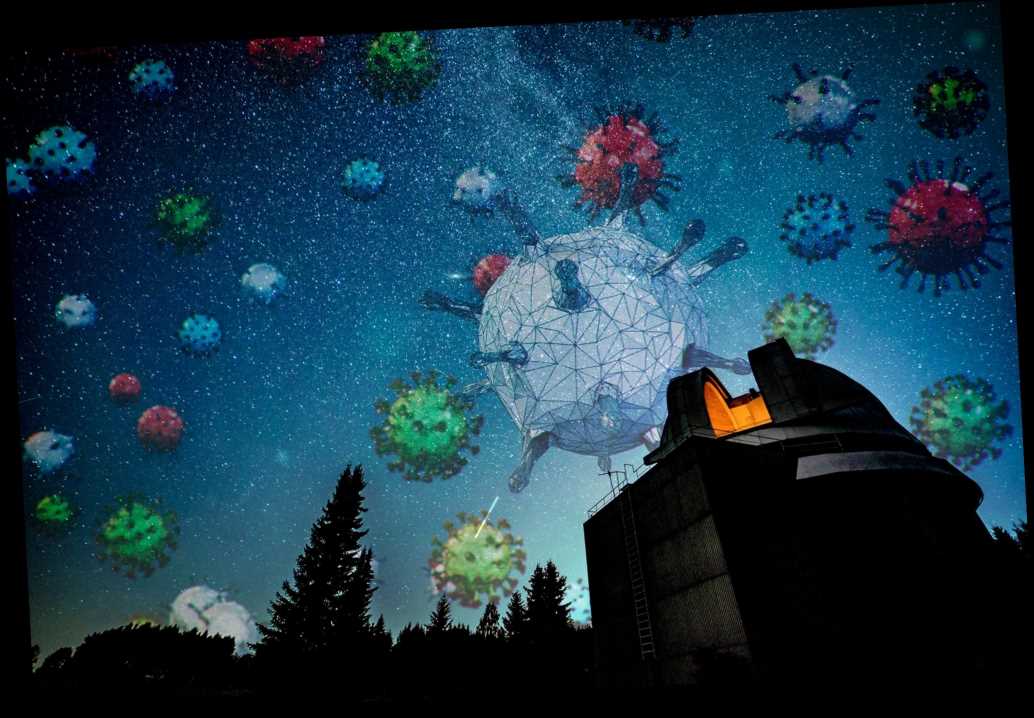The seven-term Drake equation is used to estimate the number of intelligent civilizations in the Milky Way galaxy. While humanity has yet to find any presence of aliens, the famous mathematical equation is now serving humanity in another manner: estimating the odds of COVID-19 transmission.
The equation has been used to inspire a new model, the Contagion Airborne Transmission (CAT) inequality, to determine whether someone is likely to “catch” COVID-19, according to a newly published study in the scientific journal Physics of Fluids.
“There’s still much confusion about the transmission pathways of COVID-19. This is partly because there is no common ‘language’ that makes it easy to understand the risk factors involved,” study co-author and Johns Hopkins professor Rajat Mittal said in a statement. “What really needs to happen for one to get infected? If we can visualize this process more clearly and in a quantitative manner, we can make better decisions about which activities to resume and which to avoid.”
The CAT inequality breaks down the risk of transmission into 10 variables, including the breathing rates of both the infected and noninfected persons, the amount of virus-carrying droplets expelled, the surrounding environment, as well as how long the person is exposed. When multiplied together, these inputs “yield a calculation of the possibility that an individual will be infected with COVID-19,” the statement added.
By comparison, the Drake equation includes factors such as formed stars and their planets and the average number of planets that can potentially support life. Other factors include a fraction of those planets that can develop life and a fraction of these civilizations that have become intelligent.
“The CAT inequality is particularly useful because it translates the complex fluid dynamical transport process into a string of simple terms that is easy to understand,” study co-author Charles Meneveau added. “As we’ve seen, communicating science clearly is of paramount importance in public health and environmental crises like the one we are facing now.”
The researchers also estimate the risk in certain scenarios, including when people work out or when masks are worn (or aren’t). When exercising in a confined space, the researchers found that the risk of transmission “increases by a factor of 200,” Mittal said.
Conversely, if people wear N95 masks, the risk of transmission drops by a factor of 400, or the risk of someone getting the virus is less than one percent. Cloth masks also “significantly reduce transmission probability,” the researchers’ mode found.
Social distancing also has a “linear correlation” to risk, meaning that if you double the distance between an infected person and noninfected person, the risk is reduced by half.
Share this article:
Source: Read Full Article
